Pitot Punctures Floats in Icelandic SAR Ditching
The ditching of Icelandic Coast Guard Aérospatiale SA365N Dauphin TF-SIF in the Atlantic off Reykjavik on 16 July 2007 highlights the importance of avoiding protuberances that can puncture emergency flotation systems, careful configuration management and establishing emergency drills. The Icelandic Transportation Safety Board (ITSB), the RNF, issued their report in December 2010.
The Accident Flight
The aircraft was on a winch training mission to hoist people from the Slysavarnarfélagið Landsbjörg (ICE-SAR) 16m Arun Class lifeboat BS Einar Sigurjónsson, a life raft and from the water at a training area about 8 minutes from their base at Reykjavik’s domestic airport.
The RNF say that:
…arriving at the training area, the aircraft was flown in a standard pattern at 200 feet and 60 knots IAS and then descended to 100 feet and 20 knots IAS. When the training session began, the aircraft was hovered at 45-50 feet and 0-5 knots GS. At this time a power check was made and the pre-hoist checklist was completed.
According to the commander’s statement, all parameters were normal and the torque was approximately 85%. The commander announced to the crew that the aircraft was in Class 3 performance and the aircraft would be ditched in case of an engine or tail rotor failure.
The aircraft was operating in a light wind (10 knots) and at ISA-1 (14°C). Being Performance Class 3 (PC3) highlights the risk of conducting live winching on an aircraft with limited One Engine Inoperative (OEI) performance.
While in the hover at 45 feet, the crew commenced an operation to winch a rescue litter down to the lifeboat.
About 3 seconds after the line was free from the litter the low Nr [main rotor speed] horn started to sound… [and]…the crew noticed a power loss followed by a reduction of Nr. The PF [Pilot Flying] directed the aircraft away from the ship and scanned the caution warning panel for warning lights but saw none lit. The PNF [Pilot Not Flying] looked at the Nr indicator and determined it to show Nr between 300 and 330 (Normal Nr is 355) rpm and the aircraft was losing altitude.
About 10 seconds after the horn first sound, the crew deployed the floats and 7 seconds after that made a controlled ditching in water estimated to be Sea State 2-3.
…the crew retarded the fuel flow control lever (FFCL) in order to shut off the engines. The pilot reported that when shutting off the right hand engine the engine seemed to be already on low rotation speed. The crew then stopped the main rotor by applying the rotor brake and then cut the hoist wire. After a short briefing the crew shut the battery off as well as the gyros. The crew then evacuated the aircraft through the right hand sliding door and swam to a boat from BS Einar Sigurjónsson.
The RNF note the evacuation was a surprisingly unhurried 4 minutes after ditching. The floats had inflated correctly however the crew noticed when they evacuated that that the front floats were rubbing against the pitot tubes and shortly after the forward chamber of the right hand front float deflated.
The aircraft capsized approximately 18 minutes after ditching.
The Safety Investigation
The helicopter was fitted with a Cockpit Voice Recorder (CVR), though not a Flight Data Recorder (FDR). Acoustic analysis of he CVR showed that one engine speed had started to fluctuate approximately 45 seconds before the ditching.
When the rotation speed for one engine suddenly decreased to or below idle, the rotation speed for the other engine increased to its maximum and remained there until the engines were shut down.
The Nr drooped as shown below:
The RNF believe the engine power loss was due to salt and grease in P2 chamber of the number 2 Turbomeca Arriel 1C engine Fuel Control Unit.
The left hand front float showed scratches from the rear of the left hand pitot tube.
A tear was found on the right hand front float in the equivalent location.
Normally the SA365N pitot tubes are below the nose (position B) and to the side (position A) for specific mission equipment fits.
TF-SIF was delivered with the pitot tubes in position A. The right pitot tube replaced in 2004 due to a crack. The replacement had a metal drain valve to the rear that eventually ruptured the float. In 1992 the aircraft manufacturer had changed the design of the pitot tube for use in position A to prevent such interference:
When purchasing this different antenna, the operator placed the order most likely by following the description for “All helicopters” in the illustrated part catalogue (IPC) instead of the description for the specific S/N of the aircraft.
The RNF explain that the aircraft had been certified for Sea State 4 (as we discussed in an earlier article):
According to the aircraft manufacturer the floating capability of the aircraft was tested with all doors jettisoned and one compartment deflated.
The RNF say:
…the combined effects of the doors not being jettisoned, the moment/weight of the winch (lateral imbalance) as well as the right front compartment being deflated to be the reason for the aircraft capsizing.
The RNL note that surprisingly:
The operator did not have a checklist within the QRH for ditching or Emergency Evacuation – Sea. The operator did however have this for its other type of aircraft, AS332L1 (Super Puma), which the crew was familiar with.
Safety Recommendations
The RNF recommended that the operator fit FDRs to their aircraft and produce Emergency Evacuation – Sea procedures for all their aircraft.
Background
The European Aviation Safety Agency (EASA) rule making team (RMT.0120) looking at helicopter ditching requirements. UPDATE 23 March 2016: EASA published NPA 2016-01 Helicopter ditching and water impact occupant survivability on a 3 month public consultation period. UPDATE 25 June 2018: The associated changes were made in CS-29 Amendment 5. Protection of liferafts is discussed in AMC 29.1415 Ditching equipment (b)(1)(vii).
The Flight Safety Foundation (FSF) Basic Aviation Risk Standard for Offshore Helicopter Operations (BARSOHO), launched in May 2015, requires in Control 20.4 that:
The airframe in the vicinity of the liferaft when deploying and when deployed must be free of projections that could damage the liferaft.
Since entering service in 1985 TF-SIF had rescued c250 people, while flying over 7000 hours. It is now on display at a local aviation museum.
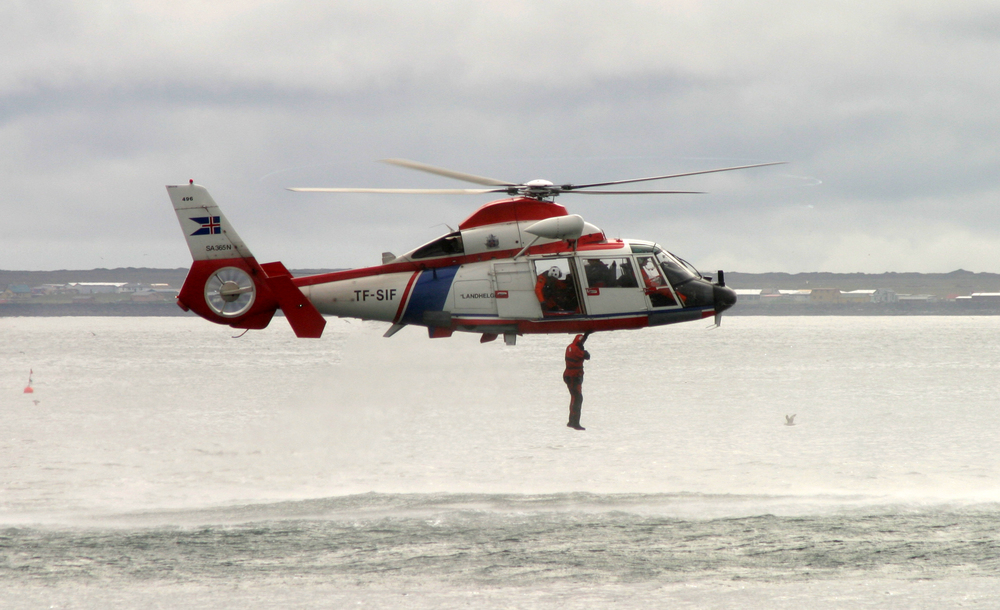
TF-SIF in Action (Credit: via JS Watch Co)
UPDATE 20 April 2017: Taiwan AS365N3 Tail Rotor Pitch Control Loss During Hoisting
UPDATE 25 June 2017: During an air ambulance positioning flight in Iceland an Impromptu Flypast Leads to Disaster.
UPDATE 1 April 2019: The ICG have now swapped their first leased As332L1 for an H225.
UPDATE 11 May 2020: European Search and Rescue (SAR) Competition Bonanza
SAR Consultancy: Procurement, Tenders, Contacts and In-Service Assurance and Aviation Advice
In September 2017 one European Coast Guard selected Aerossurance to be their new aviation consultants after a competitive tender with 7 bidders. In July 2018 Aerossurance started work supporting a second European Coast Guard with a procurement project. The Aerossurance team is and has supported humanitarian aid agencies, air ambulance charities, military air arms, environmental agencies and blue chip energy companies on other emergency service and special mission aviation projects around the world.
The Tender Trap: SAR and Medevac Contract Design: Aerossurance’s Andy Evans discusses how to set up clear and robust contracts for effective contracted SAR and HEMS operations.

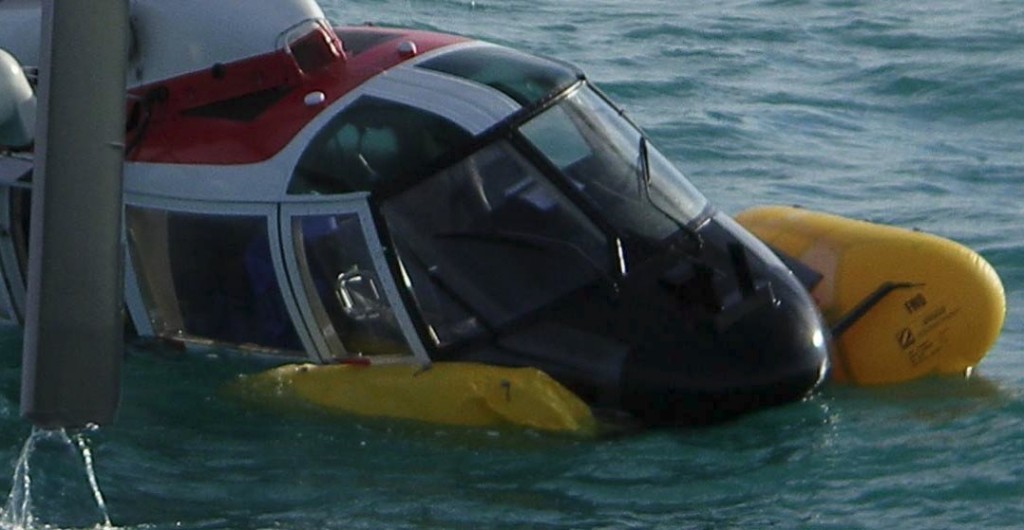

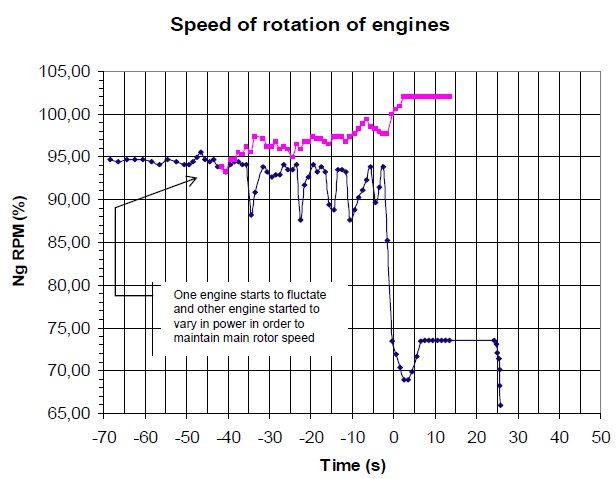

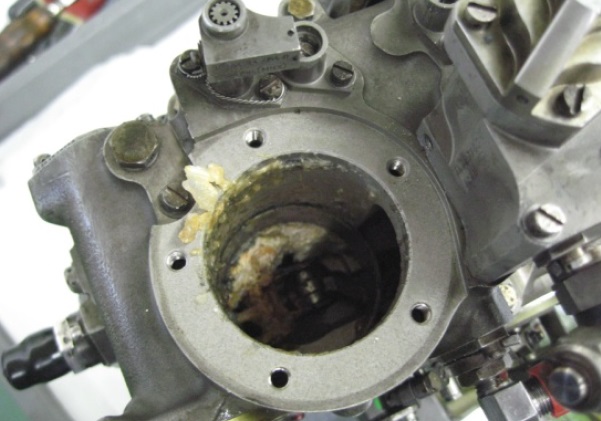

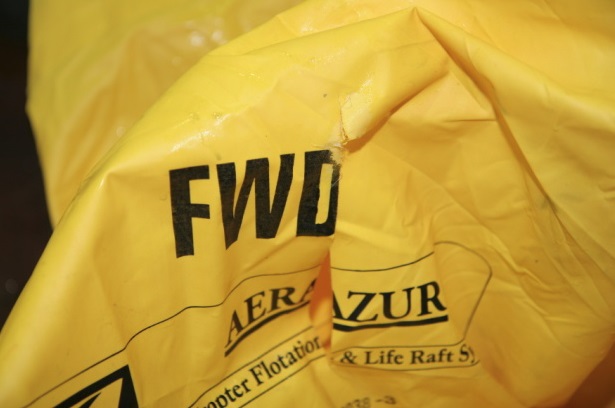

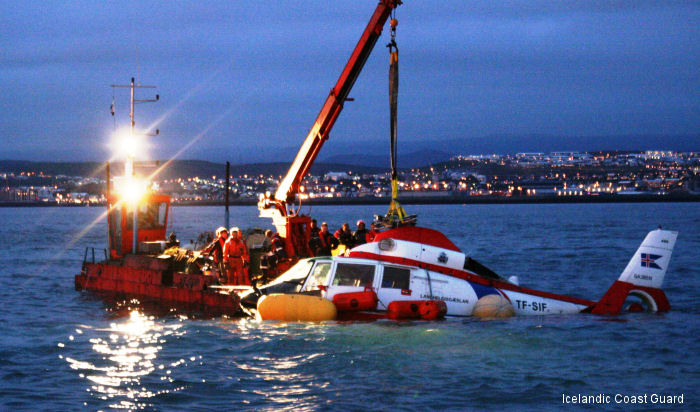
Recent Comments